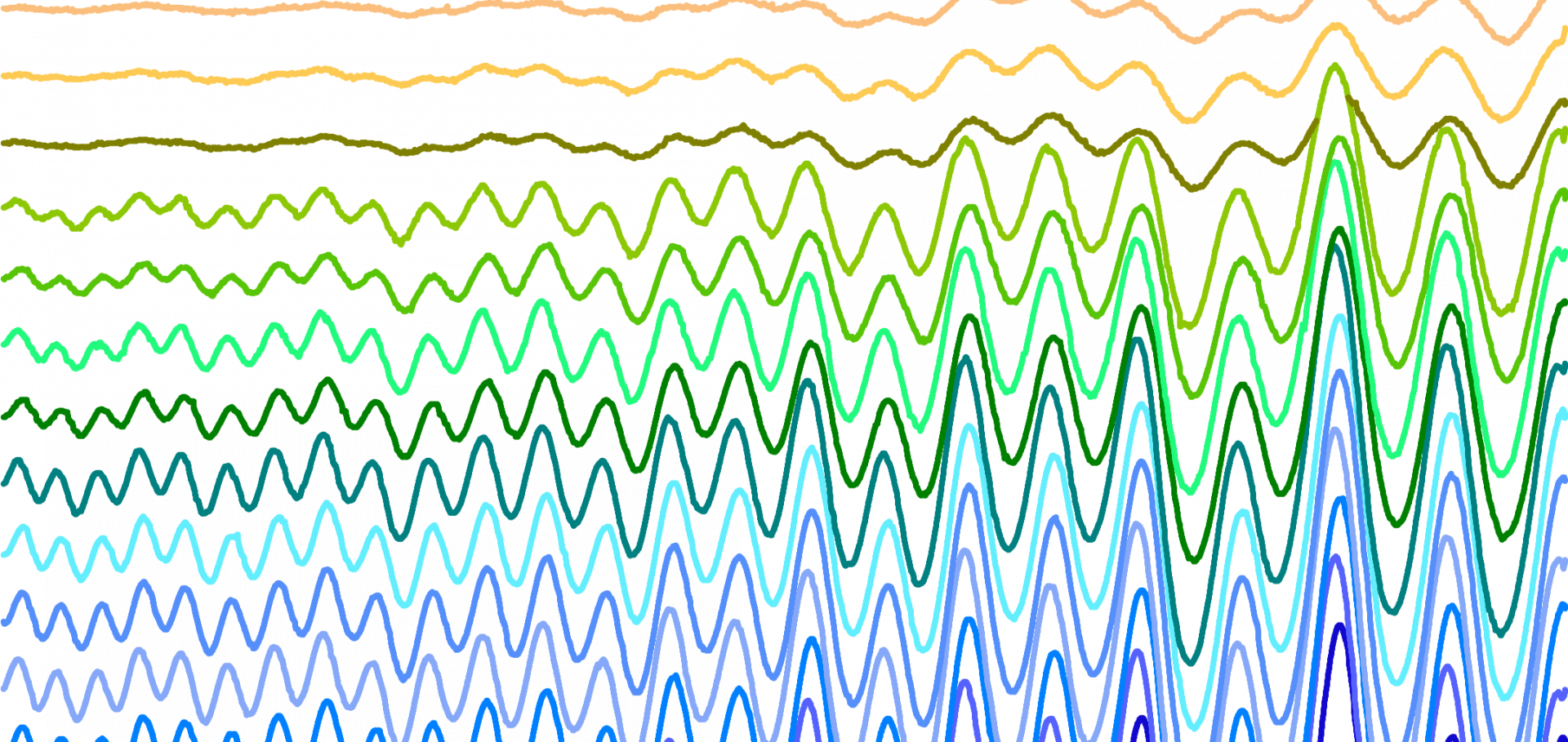Synthesis, structural chemistry and magnetic properties of La1+x A1-x InMnO6-δ : A = Ba, Sr; x = 0, 0.2
Journal of Materials Chemistry 11:6 (2001) 1656-1661
Abstract:
A series of novel double perovskites La1+xA1-xInMnO6-δ (A = Sr, Ba) has been prepared and the room temperature crystal structures have been refined using X-ray and neutron powder diffraction. In all cases the B-site is occupied by a disordered arrangement of In3+ and Mn3+/4+ cations. However, whereas La1+xBa1-xInMnO6-δ exhibits two octahedral tilts and exists in a body-centred cell, space group Imma, La1+xSr1-xInMnO6-δ adopts the three-tilt GdFeO3 structure and has a primitive orthorhombic structure, space group Pnma. Magnetic susceptibility data show that all the compositions synthesised exhibit a spin glass freezing transition at ∼8 K. A negative magnetoresistance Δρ/ρ0 = 10.5% was measured at 164 K in a field of 14 T.ChemInform Abstract: Control of Magnetic Ordering by Jahn—Teller Distortions in Nd2GaMnO6 and La2GaMnO6.
ChemInform Wiley 32:21 (2001) no-no
Control of magnetic ordering by Jahn--Teller distortions in Nd(2)GaMnO(6) and La(2)GaMnO(6).
J Am Chem Soc 123:6 (2001) 1111-1122
Abstract:
The substitution of Ga(3+) into the Jahn--Teller distorted, antiferromagnetic perovskites LaMnO(3) and NdMnO(3) strongly affects both the crystal structures and resulting magnetic ordering. In both compounds the Ga(3+) and Mn(3+) cations are disordered over the six coordinate sites. La(2)GaMnO(6) is a ferromagnetic insulator (T(c) = 70 K); a moment per Mn cation of 2.08(5) mu(B) has been determined by neutron powder diffraction at 5 K. Bond length and displacement parameter data suggest Jahn--Teller distortions which are both coherent and incoherent with the Pnma space group symmetry of the perovskite structure (a = 5.51122(4) A, b = 7.80515(6) A, c = 5.52947(4) A) at room temperature. The coherent distortion is strongly suppressed in comparison with the parent LaMnO(3) phase, but the displacement ellipsoids suggest that incoherent distortions are significant and arise from local Jahn--Teller distortions. The preparation of the new phase Nd(2)GaMnO(6) has been found to depend on sample cooling rates, with detailed characterization necessary to ensure phase separation has been avoided. This compound also adopts the GdFeO(3)-type orthorhombically distorted perovskite structure (space group Pnma, a = 5.64876(1) A, b = 7.65212(2) A, c = 5.41943(1) A at room temperature). However, the B site substitution has a totally different effect on the Jahn--Teller distortion at the Mn(3+) centers. This phase exhibits a Q(2) mode Jahn--Teller distortion similar to that observed in LaMnO(3), although reduced in magnitude as a result of the introduction of Ga(3+) onto the B site. There is no evidence of a dynamic Jahn-Teller distortion. At 5 K a ferromagnetically ordered Nd(3+) moment of 1.06(6) mu(B) is aligned along the y-axis and a moment of 2.8(1) mu(B) per Mn(3+) is ordered in the xy plane making an angle of 29(2) degrees with the y-axis. The Mn(3+) moments couple ferromagnetically in the xz plane. However, along the y-axis the moments couple ferromagnetically while the x components are coupled antiferromagnetically. This results in a canted antiferromagnetic arrangement in which the dominant exchange is ferromagnetic. Nd(2)GaMnO(6) is paramagnetic above 40(5) K, with a paramagnetic moment and Weiss constant of 6.70(2) mu(B) and 45.9(4) K, respectively. An ordered moment of 6.08(3) mu(B) per Nd(2)GaMnO(6) formula unit was measured by magnetometry at 5 K in an applied magnetic field of 5 T.Crystal structure and electronic properties of Ca4Mn2TiO9.93, an n=3 Ruddlesden-Popper compound
J MATER CHEM 11:1 (2001) 160-167
Abstract:
Traditional solid state synthetic methods were used to prepare a polycrystalline sample of the n = 3 Ruddlesden-Popper phase Ca4Mn2TiO9.93. The crystal structure (space group Pbca, a = 5.31411(5), b = 5.31148(5), c = 26.9138(2)Angstrom) was determined by the simultaneous analysis of neutron and X-ray diffraction data, with near-edge anomalous scattering being used to provide contrast between Mn and Ti cations. The latter show a small preference for the octahedral sites at the centre of the three-layer perovskite blocks within the structure. Neutron diffraction data collected at 5 K show no evidence for long-range magnetic ordering, although an enhanced magnetisation with a weak remanence is observed at low temperature; this is ascribed to the presence of antisymmetric exchange interactions. Ca4Mn2TiO9.93 is a semiconductor with a temperature-dependent activation energy of similar to 100 meV. Only weak (rho (B)/rho (0) > 0.9 in 14 T at 75 K) magnetoresistance was observed.Enhancement of the magnetoresistance at the curie temperature of the ferromagnetic insulator La1.5 Sr0.5 MnRhO6
Physical Review B - Condensed Matter and Materials Physics 62:10 (2000) R6077-R6080


